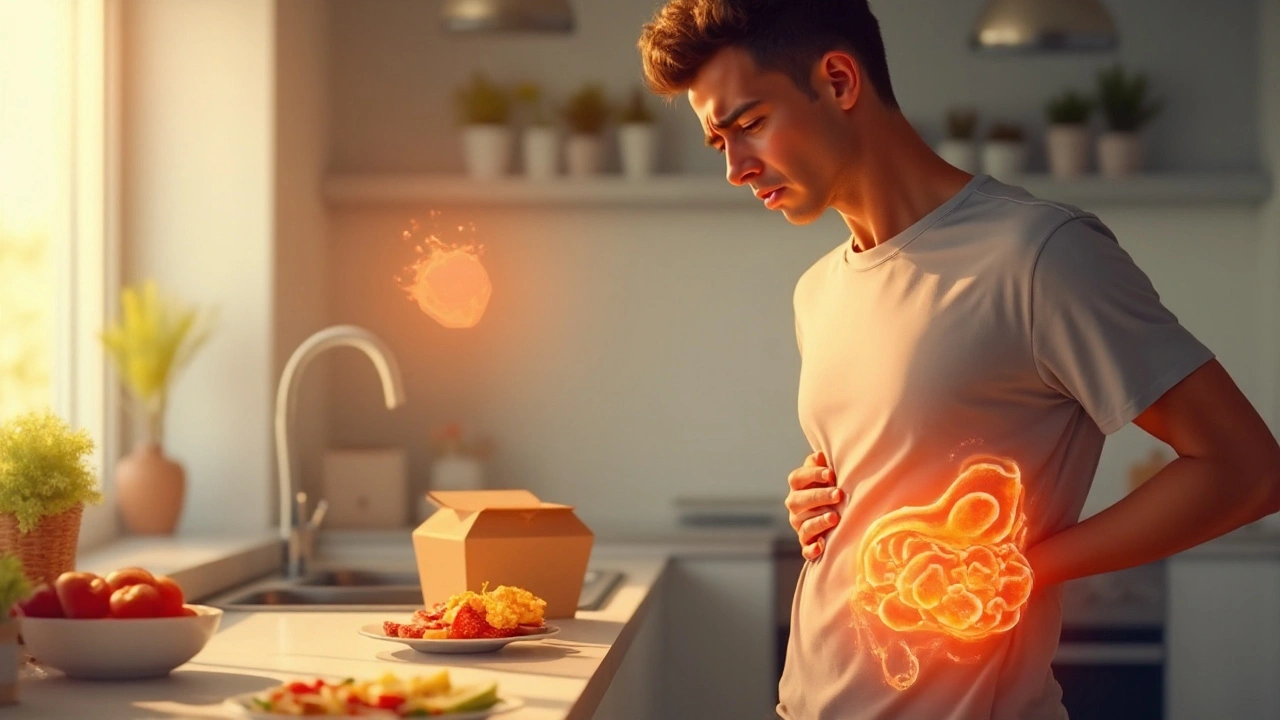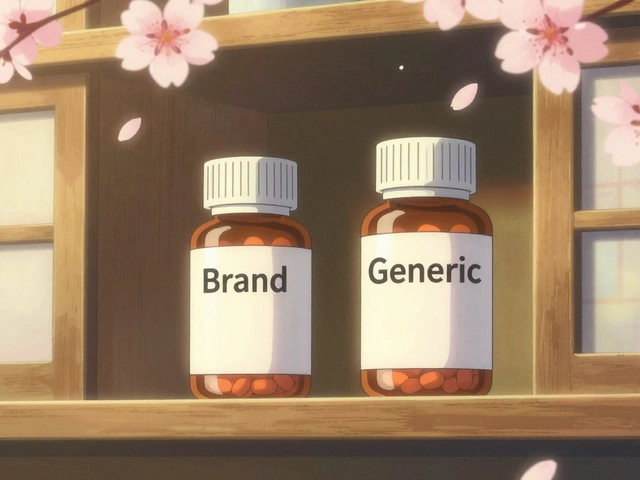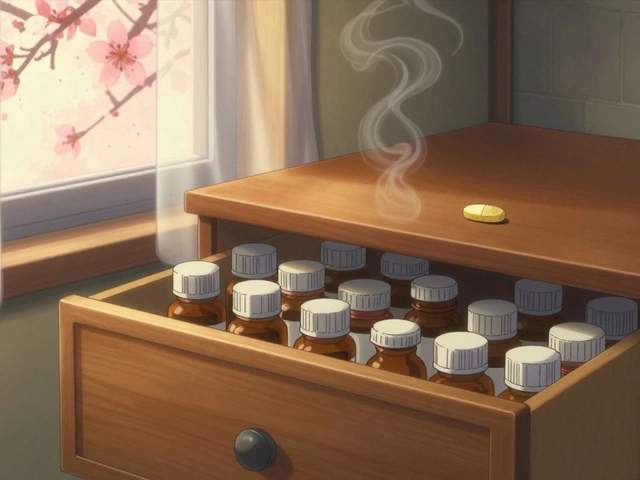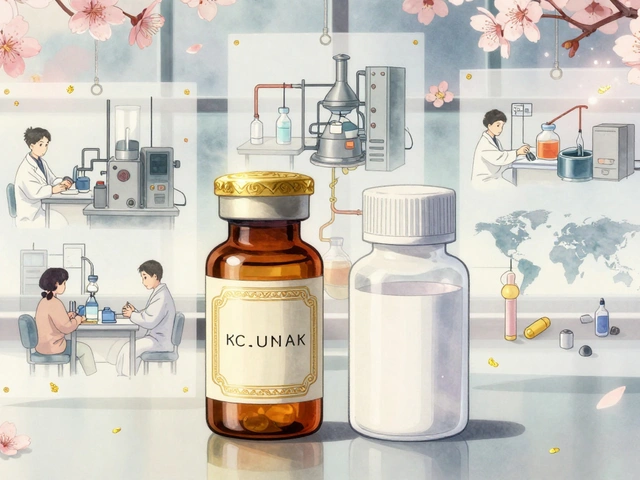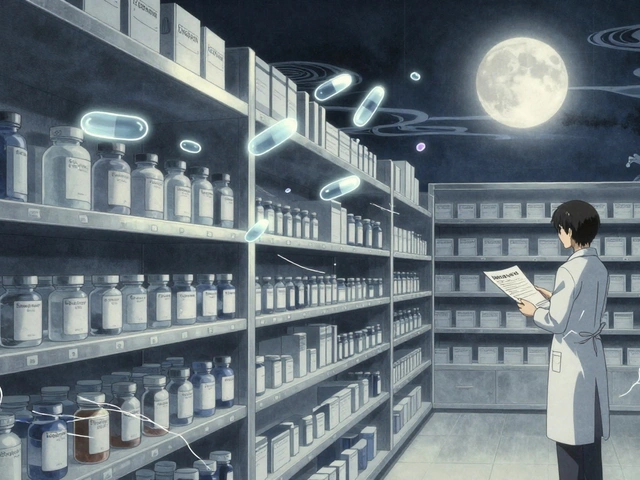Gallstones: What They Are and How They Impact Your Health
When dealing with gallstones, solid particles that form in the gallbladder from imbalanced bile components. Also known as biliary stones, they can range from tiny grains to large fragments that block bile flow. Gallbladder is the small organ that stores bile, a digestive fluid produced by the liver. When the balance of bile cholesterol, bilirubin, and salts is disturbed, the excess cholesterol can precipitate, creating cholesterol stones. These stones often sit quietly, but if they block the cystic duct they trigger intense pain, known as biliary colic, and may lead to inflammation or infection. In many cases, doctors recommend cholecystectomy, the surgical removal of the gallbladder, to prevent recurring attacks. Understanding the link between cholesterol levels, diet, and gallstone formation helps you spot risks before they turn painful.
How Gallstones Form, Who’s at Risk, and What to Look For
Most gallstones form when cholesterol supersaturates the bile, a condition often tied to high‑fat diets, obesity, rapid weight loss, or certain medications like hormone therapy. Women, especially those over 40, face higher rates because estrogen raises cholesterol in bile. Genetics also play a role: families with a history of gallbladder disease see stones earlier. Symptoms usually pop up as a sudden, sharp pain under the right rib cage after a fatty meal, accompanied by nausea, vomiting, or even fever if infection sets in. Diagnosis relies on an abdominal ultrasound, which visualizes stones as bright echoes, or a CT scan for complicated cases. Lab tests may show elevated liver enzymes or bilirubin, indicating a blockage. Knowing these signs lets you seek care before a stone causes a more serious blockage in the common bile duct, which could require emergency procedures.
Treatment choices depend on stone size, location, and symptom severity. Small stones might dissolve with oral bile‑acid therapy, but this takes months and isn’t always effective. For most patients, especially those with repeated pain episodes, a laparoscopic cholecystectomy is the gold standard—it’s minimally invasive, has a short recovery, and virtually eliminates future stone attacks. In some cases, endoscopic retrograde cholangiopancreatography (ERCP) is used to extract stones from the common bile duct without removing the gallbladder. Post‑surgery, lifestyle tweaks—like maintaining a healthy weight, limiting saturated fats, and staying hydrated—reduce the chance of new stones forming in the bile ducts. If you’re on medication for other conditions, be aware that drugs such as certain antibiotics, cholesterol‑lowering agents, or oral contraceptives can influence bile composition; our collection below includes guides on buying and comparing these medicines safely, which may help you manage any side effects that could affect gallstone risk.
Acid Indigestion and Gallstones: How They’re Linked and What to Do
Explore the surprising link between acid indigestion and gallstones, learn the shared risk factors, symptoms, diagnosis and steps to prevent pain.

